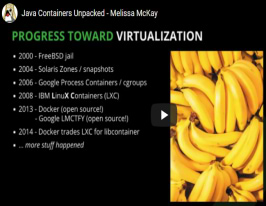Reactive Stack and Cloud Native Java @Bangalore JUG Meetup hosted at JFrog
Hosted in-person at the JFrog Bangalore office!
September 27, 2022
< 1 min read
Talk #1: Build web using Reactive Stack – Spring WebFlux by Gyana Ranjan Panigrahi, JFrog
Gyana Ranjan Panigrahi is an experienced Software Engineer with JFrog with over 10 years of professional experience. His expansive hands-on technical expertise includes Web Technologies, Java, Docker, Spring Framework, BigData (Hadoop, HDFS, Yarn, Spark) Elasticsearch & Kafka. With these technologies he has worked on a diverse set of projects including: large distributed systems data storage, query optimization, JVM performance optimization, Kafka Streams implementation and Security. When Gyana is not developing applications he loves to play and watch cricket.
Talk #2: Modernise and Transform Java Applications for Cloud by Jayshree, Oracle
Come to hear about, what features, tools and farmework Java and its supporting eco-system has to offer for you that can aid you in get started on your application’s modernising journey. Check out where making your Java application container-aware is more profitable. We shall also see a quick demo on one of these cloud-native java framework- Quarkus.







